Sun 6 Feb 2011
The Lonely Sea and the Sky
Posted by Ethan under Film Review, NYC Film Critic
Comments Off on The Lonely Sea and the Sky
Sanctum
Directed by Alister Grierson
Written by John Garvin and Andrew Wight
Starring Richard Roxburgh, Ioan Gruffudd, Rhys Wakefield, Alice Parkinson
***
Home
Directed by Yann Arthus-Bertrand
Narrated by Glenn Close
**1/2
Don’t get too excited by the prominent placement of James Cameron’s name above the title of this 3D-enhanced deep-sea diving adventure. This isn’t the director’s official follow-up to the wildly successful Avatar; he’s not actually stepping back into the director’s chair until Avatar 2 and 3 start filming sometime next year. Cameron merely executive produced Sanctum and lent the production the special 3D cameras he had developed for his sci-fi extravaganza.
Instead, the man behind the camera is Australian-born filmmaker Alister Grierson, directing a script that’s credited to John Garvin and Andrew Wight, who happens to be a close collaborator of Cameron’s, having worked with him on such documentaries as 2003’s Ghosts of the Abyss and 2005’s Aliens of the Deep (both made during that post-Titanic period when the self-styled “King of the World†had seemingly abandoned feature filmmaking for a diving career). Sanctum’s story is supposedly modeled after a real-life experience that happened to Wight on a dive over twenty years, when a storm trapped his expedition in an underground cave and an intensive rescue was mounted to get them out. Sounds like a straightforward survival tale, the kind that might be recounted in breathless detail on an episode of I Shouldn’t Be Alive or I Survived.
Perhaps, not surprisingly, the fictionalized version of the story that has made it to the big screen has been embellished with various standard-issue subplots, from a father/son conflict to a pair of lovers that you just know is doomed the minute the guy casually mentions he’s planning to propose. In this version of events, a small group of divers are mapping a previously uncharted system in the Esa’ala Caves (located in New Guinea, though the movie was actually shot in Australia) when a tropical storm sweeps through the area, cutting off their exits and forcing them to follow a perilous route back to the world above. The team includes the grizzled veteran (Moulin Rouge’s Richard Roxburgh, pulling off a Michael Chiklis-like transformation from that movie’s reedy fop to the absurdly buff anti-hero he plays here), his rebellious teenage son (Rhys Wakefield), the expedition’s playboy financier (Ioan Gruffudd), his new girlfriend (Alice Parkinson) and one or two extra red-shirts that are on hand to be the first victims in a parade of grisly deaths. (All of these characters are given names, but don’t worry—you won’t remember any of them.)
Although Cameron supposedly had a limited role in the making of Sanctum, the film has his fingerprints all over it, from its almost fetishistic fascination with technology to its cast of warring alpha males that always seem an inch away from dropping their pants for a dick-measuring contest. (The copious amount of clunky, exposition-heavy dialogue on display often had me wondering whether Cameron took an uncredited pass at the screenplay as well.) Above all though, it plays like a James Cameron film because it’s an unapologetically pulpy narrative gussied up with the latest cinematic tools. Dramatic subtly has not a defining trait of the director’s oeuvre; he chases after big emotions and big conflicts, allowing them to play out against the backdrop of a larger-than-life adventure where the sheer spectacle can make up for (if not completely hide) the routine storytelling.
The main problem with Sanctum—apart from the is that the setting is too confined, which in turn draws too much attention to predictable plot mechanics and bland characterizations. Still, I have no problem confessing that the film entertained me throughout, offering numerous moments of tense action and real suspense. It’s a film of modest ambition that mostly lives up to the low bar it sets for itself. Not a ringing endorsement, I know, but in the dead zone of February, you take your thrills where you can find them.
From under the sea high up into the big blue sky, Yann Arthus-Bertrand’s documentary Home is packed with spectacular bird’s-eye-view images of some of the most beautiful locations on Earth, from urban cityscapes (New York, Dubai) to majestic natural settings (Easter Island, Antarctica). The director—whose best-selling 1999 photography book The Earth from the Air was something of a dry run for this feature—visited some 54 countries over the course of his 217-day aerial shoot, mounting his HD camera on a helicopter to film the world below. As scenes of snow-peaked mountains, endless oceans and teeming cities flash before our eyes, the soothing voice of Glenn Close is heard over Armand Amar’s tinkling score, first inviting us to marvel at the beauty of our planet before going on to explain the various ways that Earth may be doomed.
Okay, okay, so Home isn’t that dire in its forecast for the future of this world. But the film has a definite environmental message it wants viewers to take away. Close’s narration—penned for her by Arthus-Bertrand and three other writers—is filled with gently ominous warnings and pointed critiques of big business and government neglect. To be honest, it’s nothing we haven’t heard before, unless you’ve somehow managed to miss the dozens of other environmentally conscious documentaries that have been marching in and out of theaters (as well as over the airwaves) during the past few years. Paired with the sweeping vistas captured by Arthus-Bertrand’s camera though, her musings do take on something of a new urgency. After all, few of us dream of soaring above an ocean and barely being able to see the brown water through the smog-clogged sky.
Originally released abroad in 2009, Home is just now opening theatrically in the U.S. largely because, the director claims, he wanted to show the film for free—a business model that didn’t suit many American distributors. (Though it’s worth noting that the film has been available for purchase on DVD via 20th Century Fox since the summer of ’09.) To promote its arrival on these shores, Arthus-Bertrand has personally put up the funds for a weeklong engagement at the Village East cinemas in Manhattan that’s free of charge to the general public. He’s accepting requests for additional free screenings in different cities through his website, which also directs visitors to the movie’s YouTube page where they can watch the entire movie without leaving the comfort of their computer screen. It’s an innovative release plan that speaks to the director’s passion for this subject. Plus, the big screen seems the ideal way to drink in the spacious skies, purple mountains and fruited planes that Arthus-Bertrand films on his epic fly-overs.
So it’s too bad that Home is ultimately less interesting as a feature-length movie than it is as a filmmaking and distribution experiment. A big part of the problem is that the aerial-only point-of-view grows monotonous well before the film’s excessive 118-minute runtime is up. To date, the most dynamic documentary of this type remains Godfrey Reggio’s groundbreaking 1982 film Koyaanisqatsi, which incorporated a variety of film styles and techniques in its prescient presentation of a world increasingly out of balance. (Reggio also opted against using any voiceover narration, relying solely on his images to make his case. That’s a lesson Arthus-Bertrand could have benefitted from—less Glenn Close would have gone a long way.) Home does succeed at giving moviegoers another perspective on their planet, but it turns out to be a limited one.
Sanctum opens in theaters nationwide on Friday. Daily free screenings of Home play at the Village East cinemas in Manhattan from February 4-10.
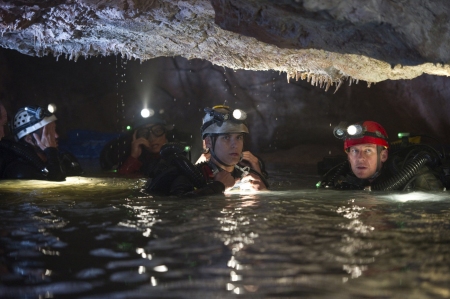
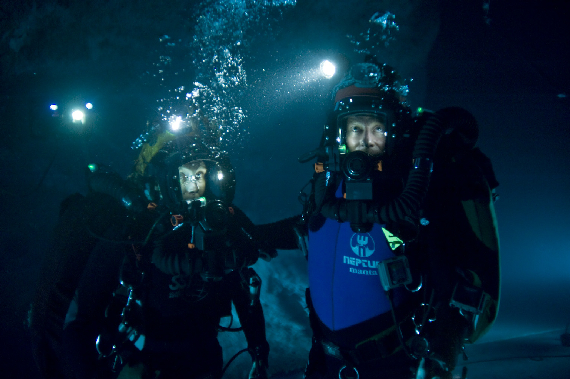
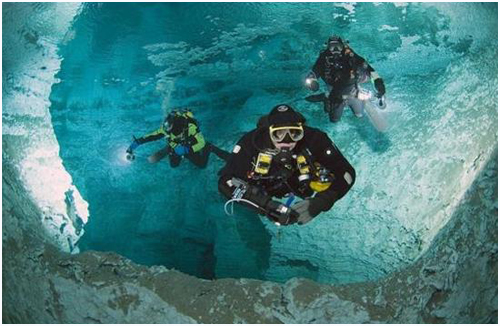

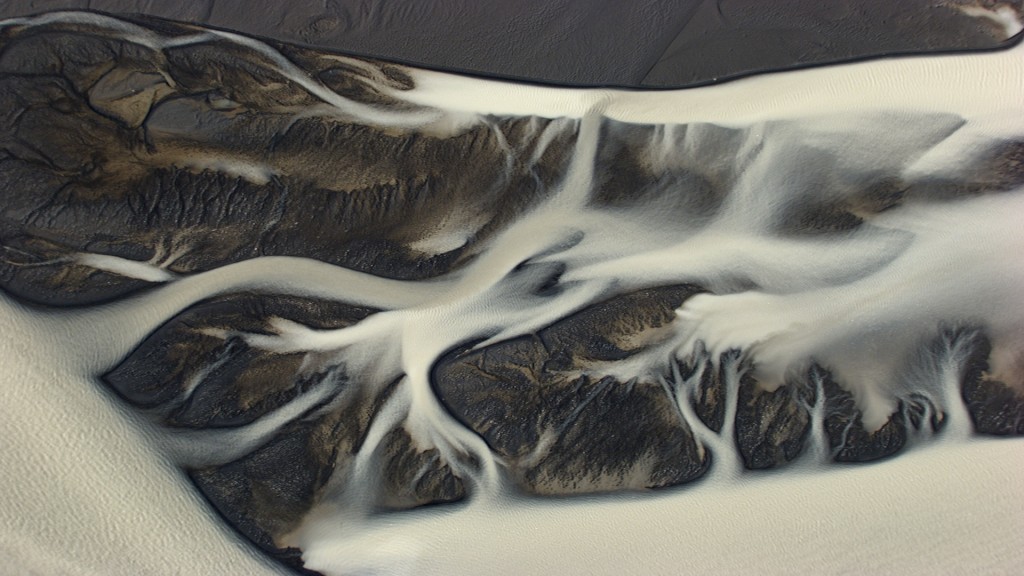
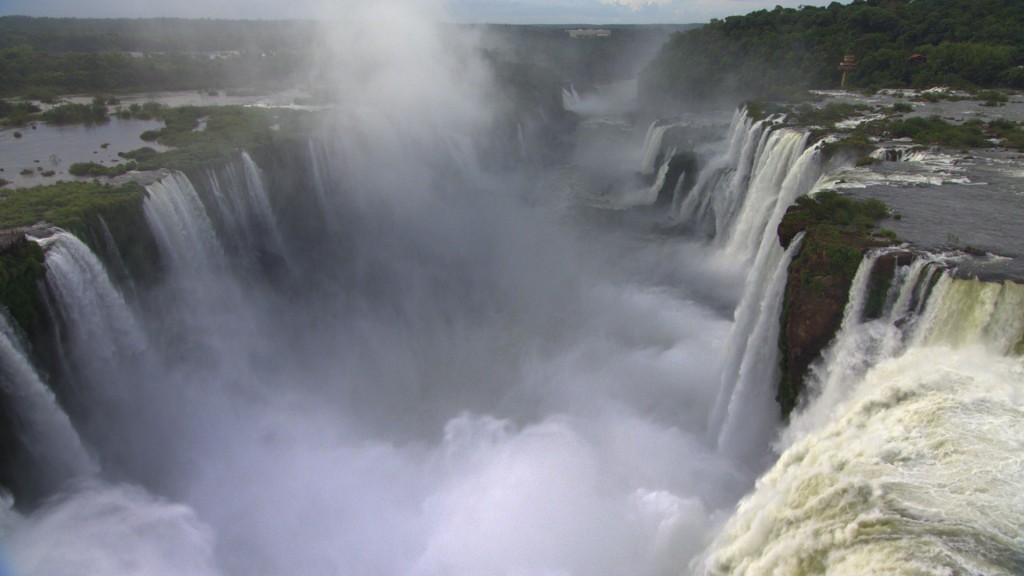

No Responses to “ The Lonely Sea and the Sky ”
Sorry, comments for this entry are closed at this time.